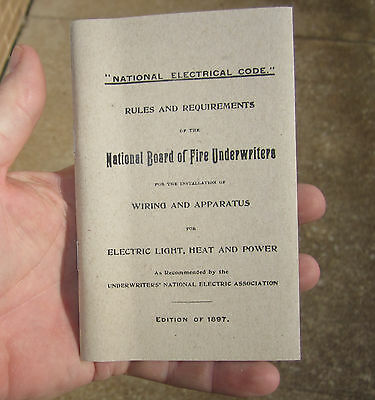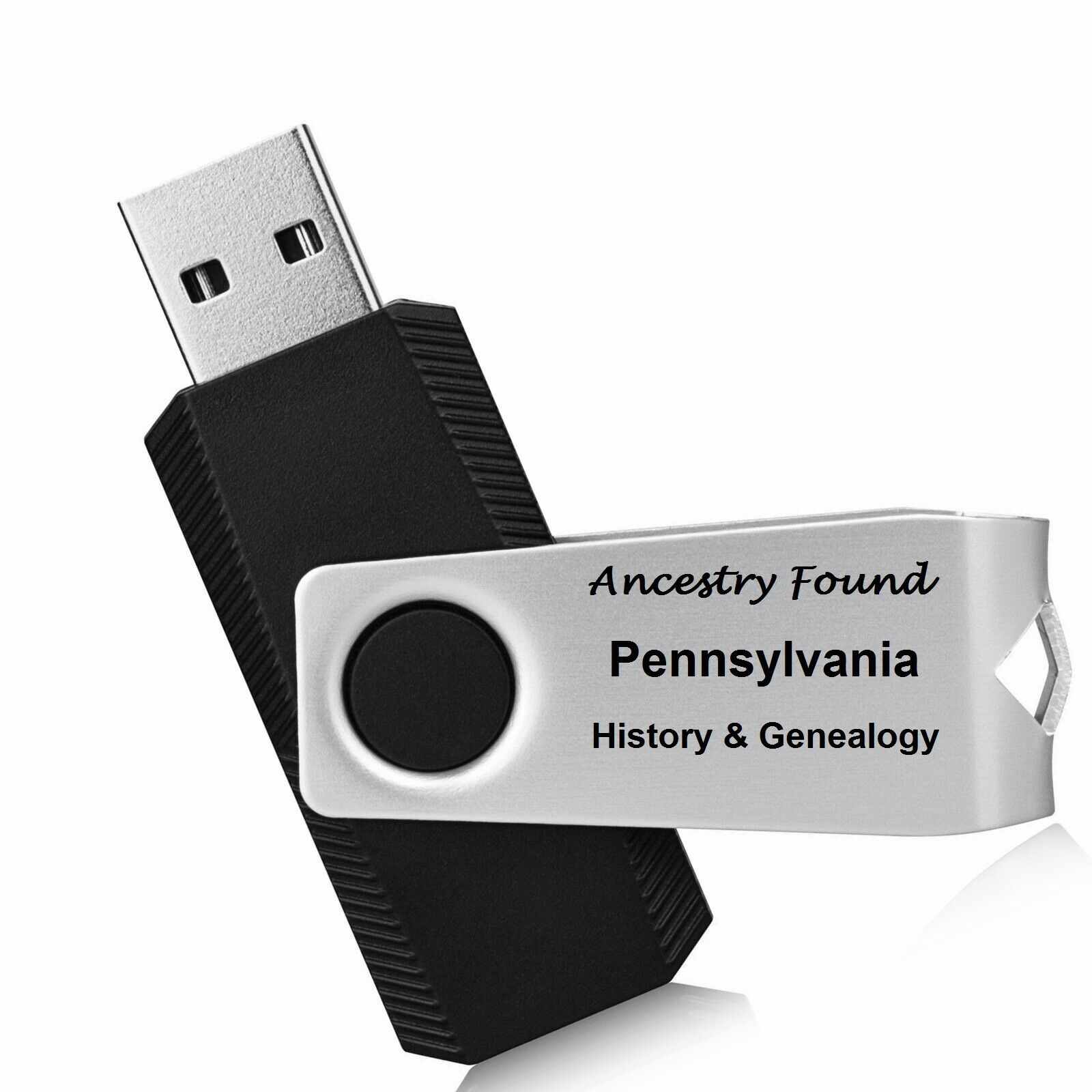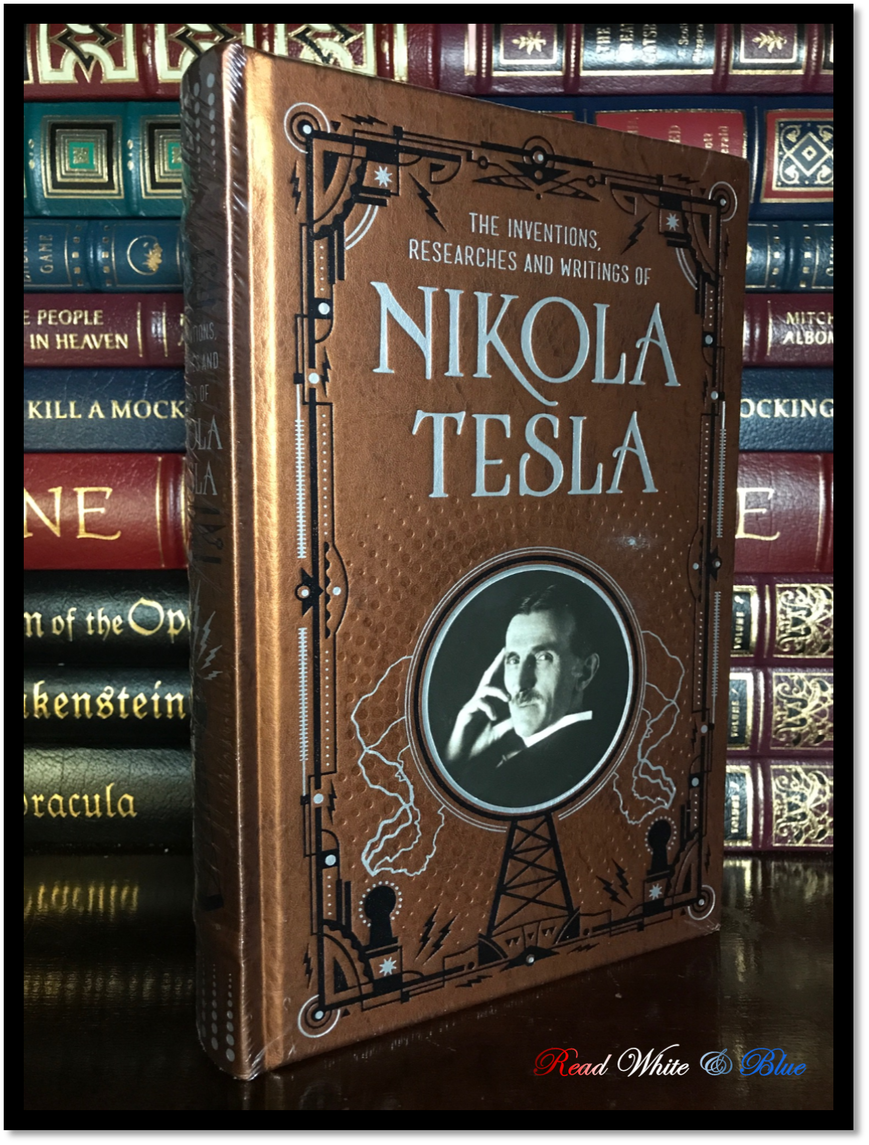-40%
1550 Stephanus Greek Bible Leaf~ Epistle Title Pages~ 1 Available
$ 66
- Description
- Size Guide
Description
1550 Stephanus Novum TestamentumGenuine Premium Bible Leaf
The Greek New Testament
Textus Receptus
Editio Regia
Your Choice from
Nine
Pauline Title Pages
Those in Black are still available,
RED
are sold
1 Corinthians Title Page 1:1 - 1:17 - SOLD
2 Corinthians Title Page 1:1 - 1:12 SOLD
Galatians Title Page 1:1 - 2:9 - SOLD
Ephesians Title Page 1:1 - 2:8 SOLD
Colossians Title Page 1:1 - 1:10 SOLD
1 Thessalonians Title Page 1:1 - 1:9
2 Thessalonians Title Page 1:1 - 2:1- SOLD
2 Timothy Title Page 1:1 - 2:19 SOLD
Hebrews Title Page 1:1 - 2:16 SOLD
More pictures available upon request
Printed by Robert Stephanus (aka
Robert Estienne)
, Paris
Royal Edition Folio 13” x 8-3/4”
The Greek New Testament of Robert Stephanus
Crisp, clean, bright pages, some light foxing
Heavy worm tracings at bottom corner (see pics), but with no loss of text
Beautiful display of the “Editio Regia”
Inclusions:
This listing is for one of nine premium 1550 Stephanus Title Page Bible leaves of the Greek New Testament - Editio Regia
The picture represented is the exact leaf you will receive
Please specify which leaf you are interested in in the message
Included with each leaf purchased is the corresponding 1611 KJV replica Bible leaf of your Stephanus leaf
A replica printing of the Main Title Page
A Certificate of Authenticity from the Historical Bible Exhibit
The printers mark and the dated conclusion leaves are not included in this listing
Shipping:
Shipping within the USA- USPS Media Mail (2-8 business days)
Shipping Internationally- USPS First Class International (time frame varies on location)
Bible leaves will be shipped out the next business day
Returns:
We want you to be happy with your purchase
If there is any problems or if you are not satisfied with the purchase, you can return the item for a full refund
buyer pays shipping cost back to seller
The History of the 1550 Stephanus Greek New Testament
Robert Estienne, typographer and scholar, also known as Robert Stephani, or Stephanus in Latin, was born in Paris, France 1503-1559; son of the famous printer Henri Estienne. In 1526, after the death of his father, Robert took over the printing shop. While working in Paris during the rule of King Francis I, Robert established himself as the “Royal Typographer”, the “Printer in Greek to the king” because he printed many Greek editions of classical authors, grammatical works, and other schoolbooks. But Stephanus is most famous for his printing of religious texts such as: the entire Hebrew Bible, 1539-43; and his four editions of the Greek New Testament, 1546, 1549, 1550, 1551.
Since the printing of Erasmus’ Greek New Testaments in 1516-1535, there had been no debate or challenge of the textual purity of the Greek text. The Reformation was in full force and the “Textus Receptus”, the “Received Text” although that term was not coined until 1633, was Erasmus’ Greek. Christianity, namely the Protestants of the Reformation, were more concerned with theology rather than textual criticism, until 1546 when Robert Stephanus issued his Greek New Testament publications. His first two editions of the Greek New Testament in 1546 and 1549, were substantially based on Erasmus’ text, but in 1550, he issued his “Editio Regia”, the Royal Edition, which compared other Greek manuscripts to Erasmus.
Stephanus used 15 other Greek Byzantine manuscripts along with the Complutensian Polyglot, and even two other Alexandrian Codices, who were given to him “by friends in Italy”. The result, the Byzantine manuscripts were in perfect harmony with Erasmus’ Greek text! Therefore, the work of Stephanus in 1550 standardized the Erasmus Greek New Testament as the “Received Text” for the next 500 years. This shows the hand of God carefully preserving His Word through the centuries awaiting the unveiling in the Reformation of the sixteenth century.
This third printing, in 1550, was a beautiful masterpiece, printed with a magnificent Greek font and a large folio size. This was not only the most handsome edition, but also the most important of his texts because it was the first to have a textual apparatus listing the readings of the 15 Greek manuscripts he used.
The third and fourth editions of Stephanus’ Greek New Testament standardized the Erasmus text and became the foundation for all future Bibles up to 1881. Stephanus’ work assured the dominance of the text begun by Erasmus, which was the foundation for all the translations in the common tongue of the Reformation. Textual criticism, namely the 1550 Greek Testament of Stephanus, has only strengthened the purity of the Word of God, proving its harmony and authentication of One Author, the Holy Spirit.















